A pool pump plays a vital role in circulating and filtering pool water, helping maintain a clean, healthy swimming environment. When the pool pump not working, it can quickly lead to unsanitary water conditions. Among the top-performing brands in the market, Balboa Water Group Pumps are highly favored for their efficiency and reliability. Still, even high-quality equipment can face operational issues. This guide helps pool owners understand how to maintain Balboa Water Group Pumps, diagnose pool pump problems, learn how to prime a pool pump, and decide between pool pump repair or pool pump replacement, all while incorporating proper pool care products for ongoing performance.
Understanding Balboa Water Group Pump Systems
Balboa Water Group Pumps are engineered for durability and consistent water circulation, making them a preferred choice in residential and commercial pool systems. Their solid construction ensures smooth integration into various setups, aiding in optimal water flow and effective filtration.
These pumps typically include long-lasting motors, well-designed impellers, and user-friendly features, catering to both professionals and homeowners. Their ability to work seamlessly with other pool care products makes them essential for proper sanitization and overall water chemistry balance.
Whether installed in small backyard pools or large commercial setups, Balboa Water Group Pumps support water quality by evenly distributing chemicals, reducing algae growth, and maintaining system cleanliness.
Common Issues in Balboa Water Group Pump Operation
Even the best pumps can encounter issues. Identifying pool pump problems early on can prevent severe damage and costly repairs. Here are several common symptoms pool owners should watch for:
Unusual noises: Grinding, whining, or humming often point to worn bearings or internal motor issues.
Low pressure: Weak water flow could indicate a clogged impeller, dirty filter, or trapped air.
No power: A silent pump is usually a sign of electrical problems, such as a tripped breaker or faulty motor.
While Balboa Water Group Pumps are built to last, they are not immune to wear and tear. Problems like leaking seals or failed capacitors can affect performance. Addressing these issues with prompt pool pump repair will help avoid full system breakdown and unnecessary pool pump replacement.
How to Diagnose a Balboa Water Group Pump Not Working
When faced with a pool pump not working, it's essential to perform a structured diagnosis to determine whether it's a minor issue or one requiring extensive pool pump repair or pool pump replacement.
Electrical issues and tripped breakers
Check the main breaker box for any tripped circuits.
Examine the pump’s power cord and connections.
Verify that the timer or control system is properly configured and receiving power.
Motor and capacitor failures
A humming noise from the pump may point to a failed capacitor.
A burning smell typically signals motor overload, which may need professional pool pump repair or replacement.
Blocked Impellers and Clogged Skimmer Baskets.
Always turn off the power before inspection.
Remove debris from skimmer and pump baskets.
Inspect the impeller for obstruction by small debris like pebbles or hair.
If your pump shows extensive damage, such as a burnt motor or cracked housing, pool pump replacement becomes more economical and effective in the long term.
How Do I Prime a Pool Pump?
Loss of prime is a common reason behind a pool pump not working. Priming involves restoring water flow into the pump to get it functioning again.
Turn off the pump: Ensure power is off at the circuit breaker.
Open the skimmer or main drain valve: Keep the primary suction line open and close any other suction sources.
Remove the pump lid: Carefully twist or unlatch the pump cover.
Fill the pump housing: Use a garden hose to fill the chamber with water.
Secure the lid: Ensure the O-ring is seated properly and the lid is tightened to prevent air leaks.
Open return valves: This allows water to move freely through the system.
Restore power: Turn the pump back on at the breaker.
Monitor flow: The pump should pull water and expel air within a few minutes.
Priming tips and mistakes to avoid:
Ensure the pump pot is filled.
Check the O-ring for cracks and apply lubricant if needed.
Inspect for air leaks in the suction line.
Failure to prime properly may result in the pump running dry, which causes internal damage and leads to the need for costly pool pump repair or pool pump replacement.
Pool Pump Basket Issues: Here's How to Troubleshoot
Balboa Water Group Pump Repair or Replacement—Which One to Choose?
When your pool pump not working, deciding between pool pump repair and pool pump replacement depends on several factors: the extent of the issue, the age of the unit, and cost considerations.
When repair is the better option:
Minor leaks due to damaged seals.
Noisy bearings that can be replaced.
Faulty capacitors are inexpensive to replace.
When to replace the pump:
The motor has burned out completely.
The housing or key components are cracked.
You experience frequent malfunctions even after multiple repairs.
Repair costs exceed 50% of a new unit.
Although pool pump repair might be cheaper upfront, newer energy-efficient pool pump replacement options from Balboa Water Group Pumps can offer long-term savings. Models with variable-speed features are especially beneficial in reducing energy consumption and running costs.
If replacing the unit, ensure the new Balboa Water Group Pump matches your system specifications, including horsepower, plumbing connections, and voltage. Seek professional assistance if unsure.
Maintenance Tips for Balboa Water Group Pump Longevity
Routine maintenance is key to preventing unexpected issues with your Balboa Water Group Pumps. By adopting preventive practices and using quality pool care products, pool owners can extend pump life and ensure consistent performance.
Category | Maintenance Tips |
Daily and weekly checks |
|
Lubrication and cleaning |
|
Using high-quality pool care products |
|
Seasonal and winter storage |
|
Pool Heat Pump Parts Troubleshooting: Here's What You Need to Know
A well-maintained pool pump is the cornerstone of a healthy pool system. Knowing how to care for Balboa Water Group Pumps, recognizing early pool pump problems, and understanding how to respond when a pool pump not working can make a significant difference in the longevity and efficiency of your pool setup. By following this complete guide, including essential steps like how do I prime a pool pump, and choosing between pool pump repair and pool pump replacement wisely, pool owners can ensure optimal performance. UsaPoolShop offers Swimming Pool Pumps & Motor Parts, including impellers, gaskets, pump lids, and O-rings, which are essential for the proper functioning of the pump.
FAQs
How long do Balboa Water Group Pumps typically last?
On average, Balboa Water Group Pumps last 7 to 10 years with proper maintenance. Factors like usage frequency, water quality, and regular care with trusted pool care products can impact lifespan.
Can I use Balboa pumps in a saltwater pool system?
Yes, most Balboa Water Group Pumps are compatible with saltwater pools. However, always verify the pump's material compatibility and use corrosion-resistant components when using pool care products in a saltwater system.
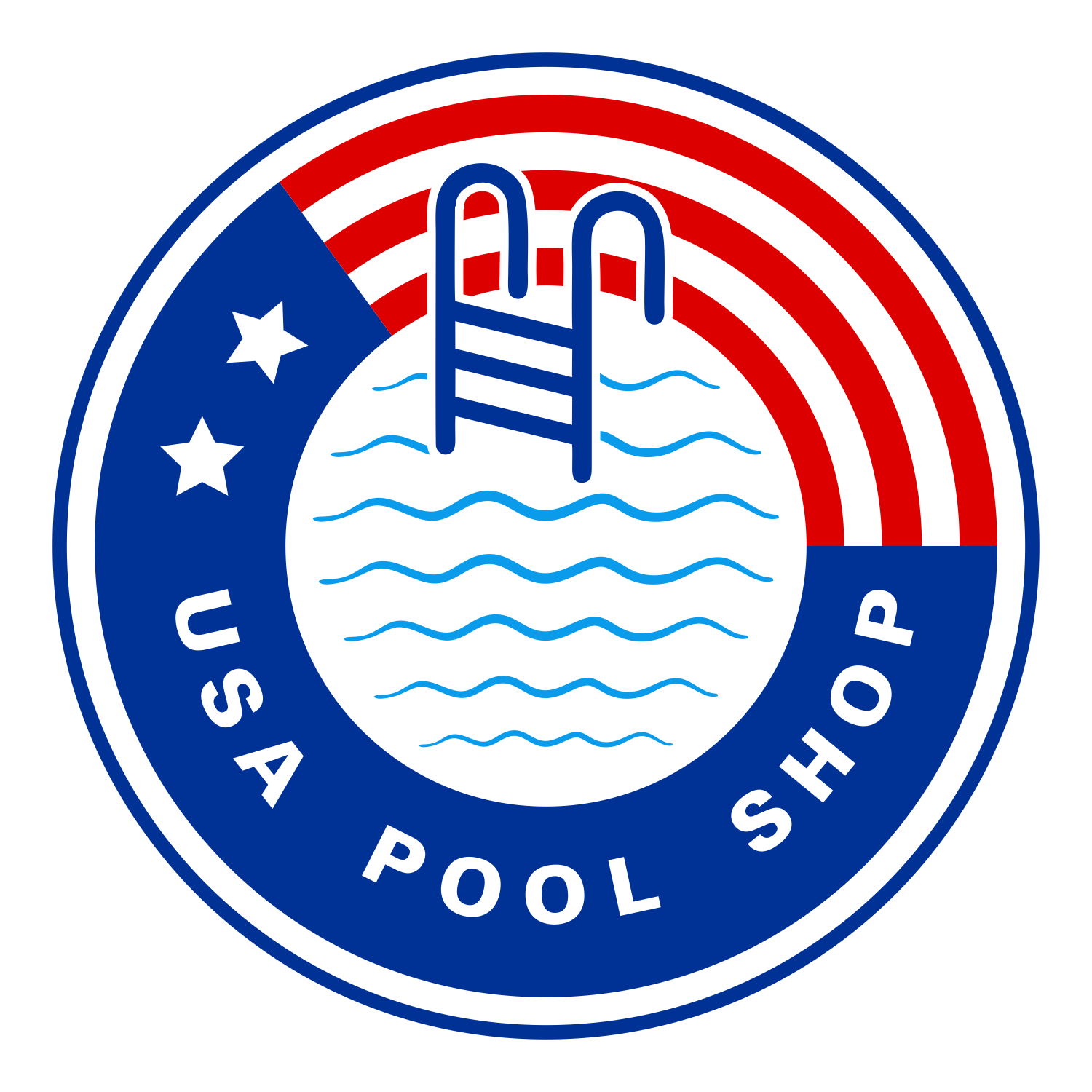
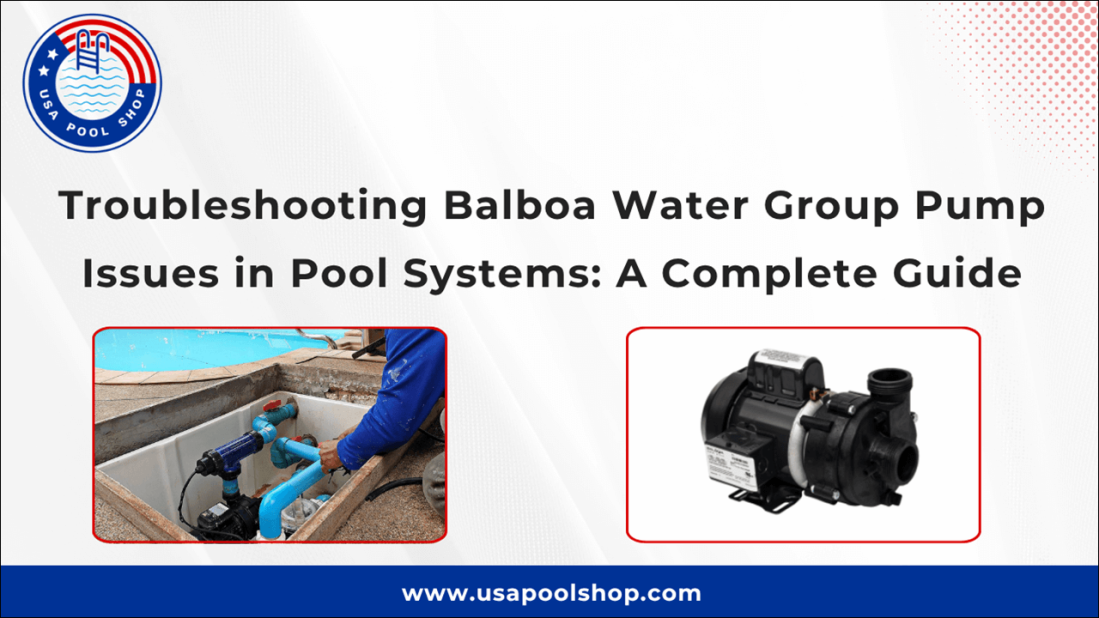


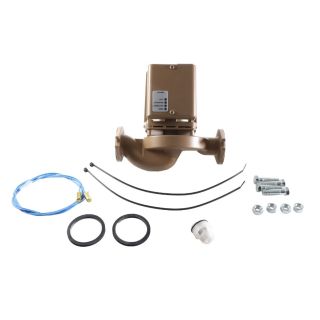

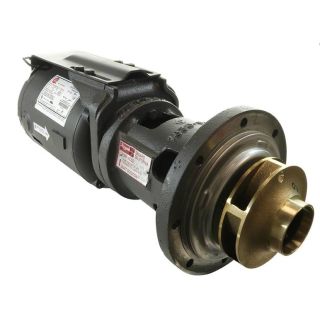
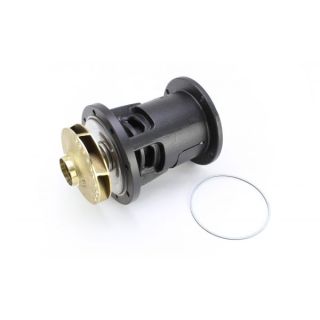
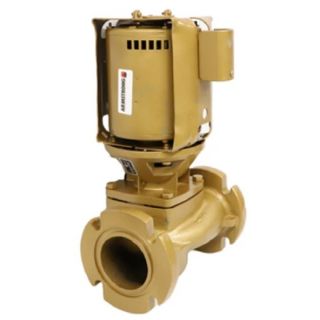
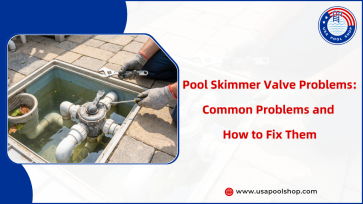

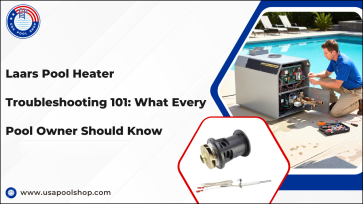
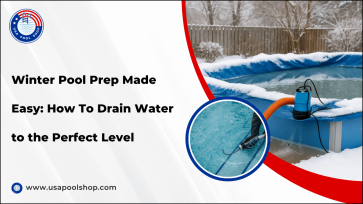

Validate your login